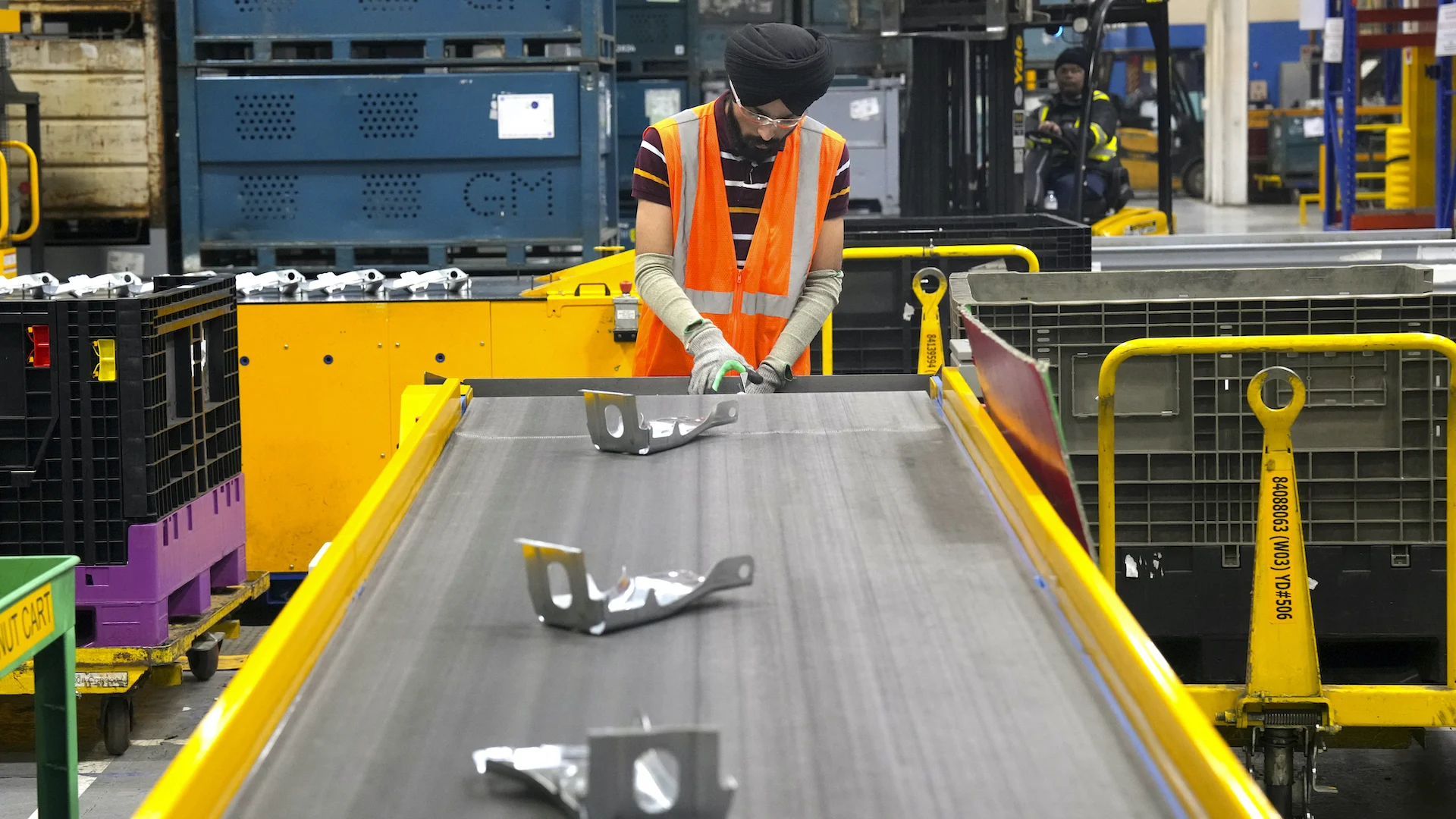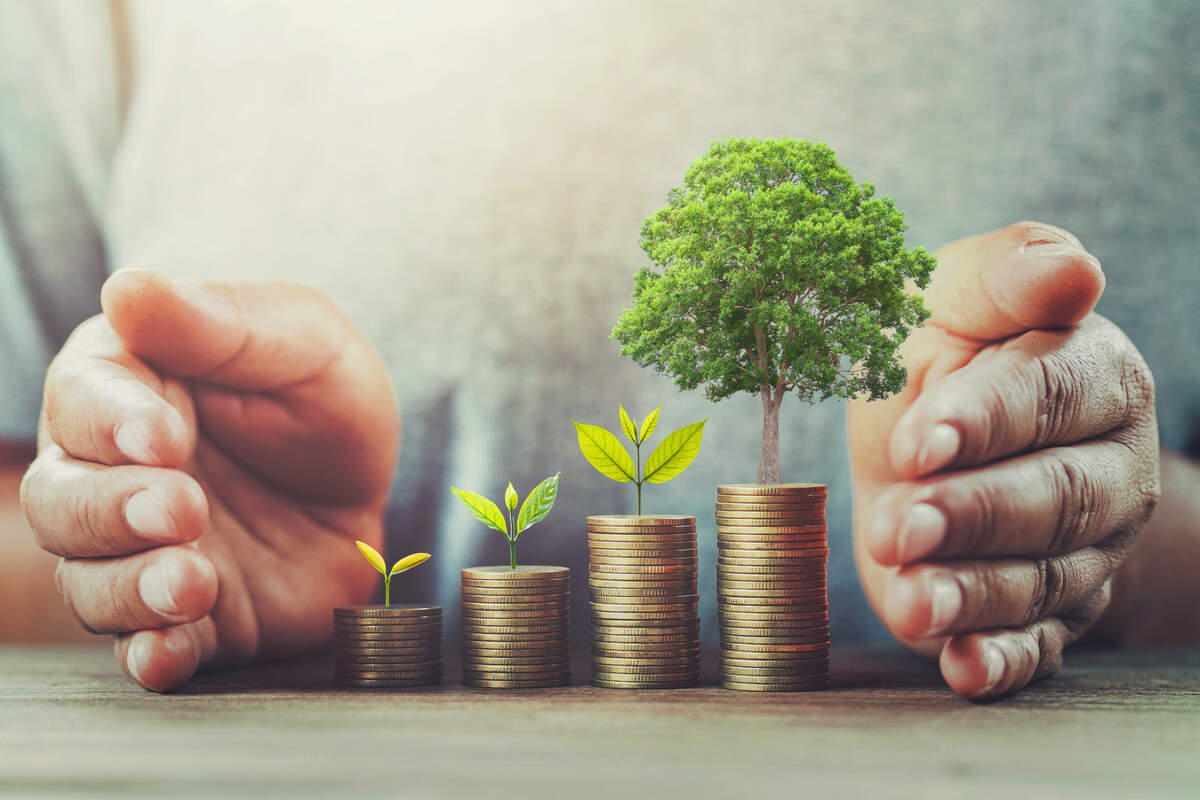From value chain to value loop with… – Information Centre – Research & Innovation

© gerasimov174 #262946677, resource:stock.adobe.com 2020
The EU-funded round financial state task MUBIC centered on the transformation of minimal-worth agricultural squander into higher-worth products one particular of which is utilized to grow mushrooms, whose cultivation the companions established out to revolutionise.
Much more exclusively, this product is a new style of mushroom substrate, the substance on which the mushrooms are developed. Along with other outputs, this kind of as gasoline pellets, fertiliser, and pre-taken care of feedstock for faster biogas creation, the method shaped in MUBIC also delivers substantial sustainability gains, claims task coordinator Peter Damgaard Nielsen of Danish SME State-of-the-art Substrate Technologies (AST).
It notably will increase the biogas generate from agricultural wastes like straw or horse bedding by about thirty {ae9868201ea352e02dded42c9f03788806ac4deebecf3e725332939dc9b357ad}, via the prior slicing and grinding of this biomass. The ability to method soaked straw, meadow grass and related substance is a unique in addition place: the MUBIC method for these difficult types of feedstock also consists of pretreatment with nitrogen to split down the lignin in the stalks, Nielsen points out.
Successful, round, green
Using this method, you get extra biogas and you get it faster, simply because the micro organism in the biogas plant can also use the lignin as feed, claims Nielsen. The nitrogen utilized for this pre-procedure is recovered from the biogas plant, via the procedure of the digestate the residues of the feedstock.
The nitrogen is extracted from the digestate in amenities designed as annexes to the biogas vegetation themselves. As of July 2020, operations have begun at the initial this kind of add-on plant designed as a industrial facility, in accordance to Nielsen.
In the MUBIC design, the digestate could, in actuality, have began out as biomass equipped by the companions. Our lorries take feedstock to the biogas plant and digestate back to the add-on plant, the place we dry it, Nielsen continues.
The taken care of digestate is then transformed into a wide variety of items. Together with the mushroom substrate, these outputs contain gasoline pellets that are significantly extra sustainable than competing items simply because they are derived from a style of squander and simply because this squander is a residue of locally sourced biomass.
The MUBIC method delivers a pelletised substrate whose dry issue information, at 85 {ae9868201ea352e02dded42c9f03788806ac4deebecf3e725332939dc9b357ad}, is considerably larger than that of typical substrates, which generally common about 30 {ae9868201ea352e02dded42c9f03788806ac4deebecf3e725332939dc9b357ad}. Thus, MUBIC substrate offers far extra mushroom feed per cubic metre than competing items, Nielsen points out. Due to its higher dry-issue information, it can be saved and does not call for cooling in the course of transportation more than for a longer period distances in contrast to typical substrates, which could commence to rot.
MUBICs substrate complements one more innovation made in the task: a procedure by which mushrooms developed on trays shift earlier pickers on a conveyor belt, as opposed to pickers possessing to shift via the shelves in mushroom farms. This unique innovation was perfected by Dutch SME Panbo Programs, the 2nd husband or wife concerned in the task, as a way to lessen harvesting fees.
Rooted in soaked straw
MUBIC, which finished in January 2020, was funded by using a Horizon 2020 programme exclusively designed to assistance SMEs put together their improvements for commercialisation. Devoid of this assist, the straw-to-substrate notion would have been shelved, claims Nielsen, who emphasises that the funding enabled the companions to provide their notion to life.
AST had in the beginning viewed as promoting overall add-on vegetation, but inevitably decided to concentrate on the items generated through the method in its place: revenue is generated at quite a few actions, from uncooked substance that is largely accessible for no cost.
Used substrate from mushroom creation is one particular this kind of residue, and a great illustration of the proposed round tactic. In MUBIC, it is recovered as feedstock for the creation of biogas, and the digestate still left more than from this method is utilized to make fresh substrate.
Both the new mushroom cultivation procedure and the a variety of items from MUBICs round worth chain have been met with desire, with new partnerships enabling the task companions to take these developments forward, Nielsen concludes.







